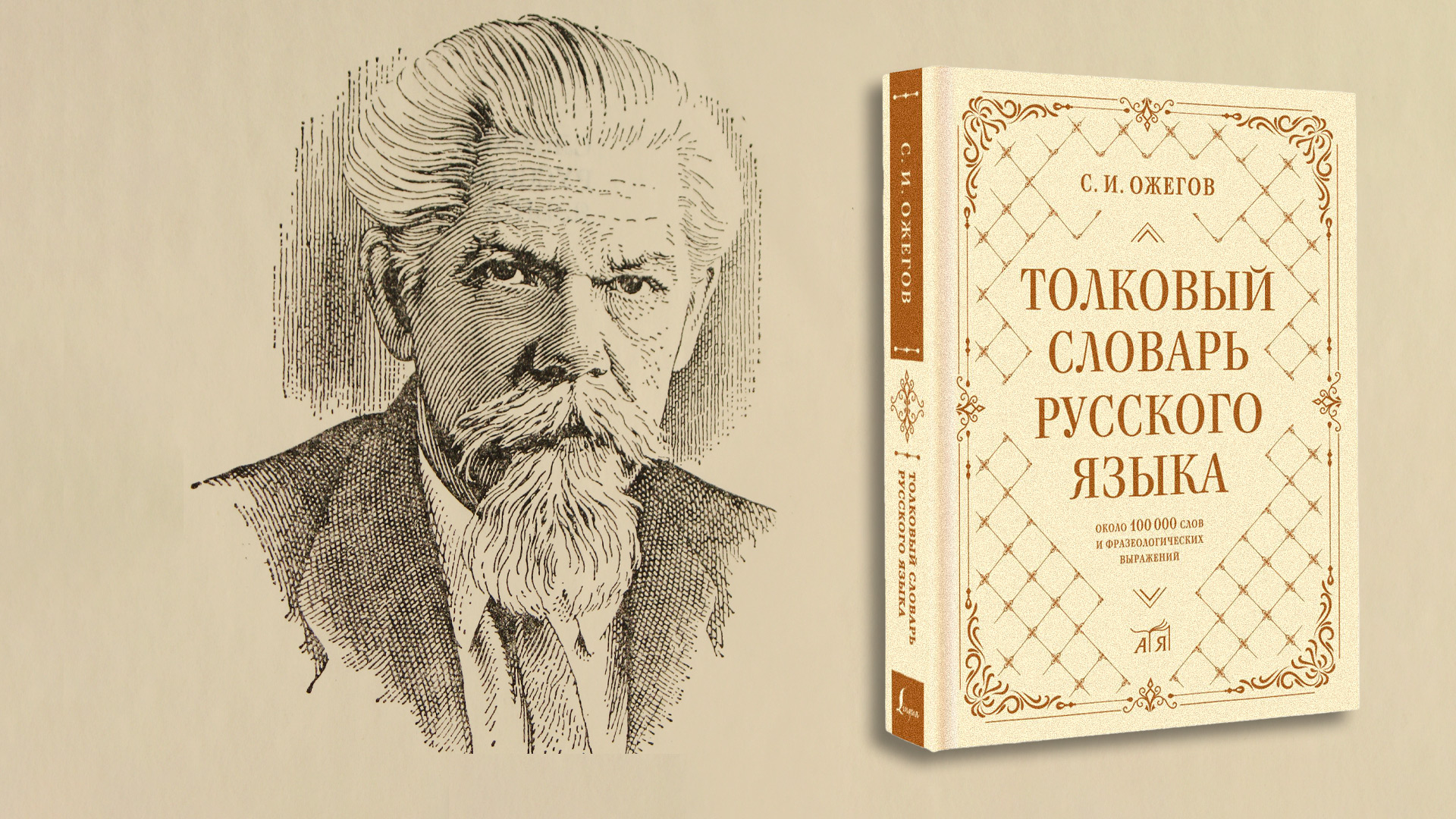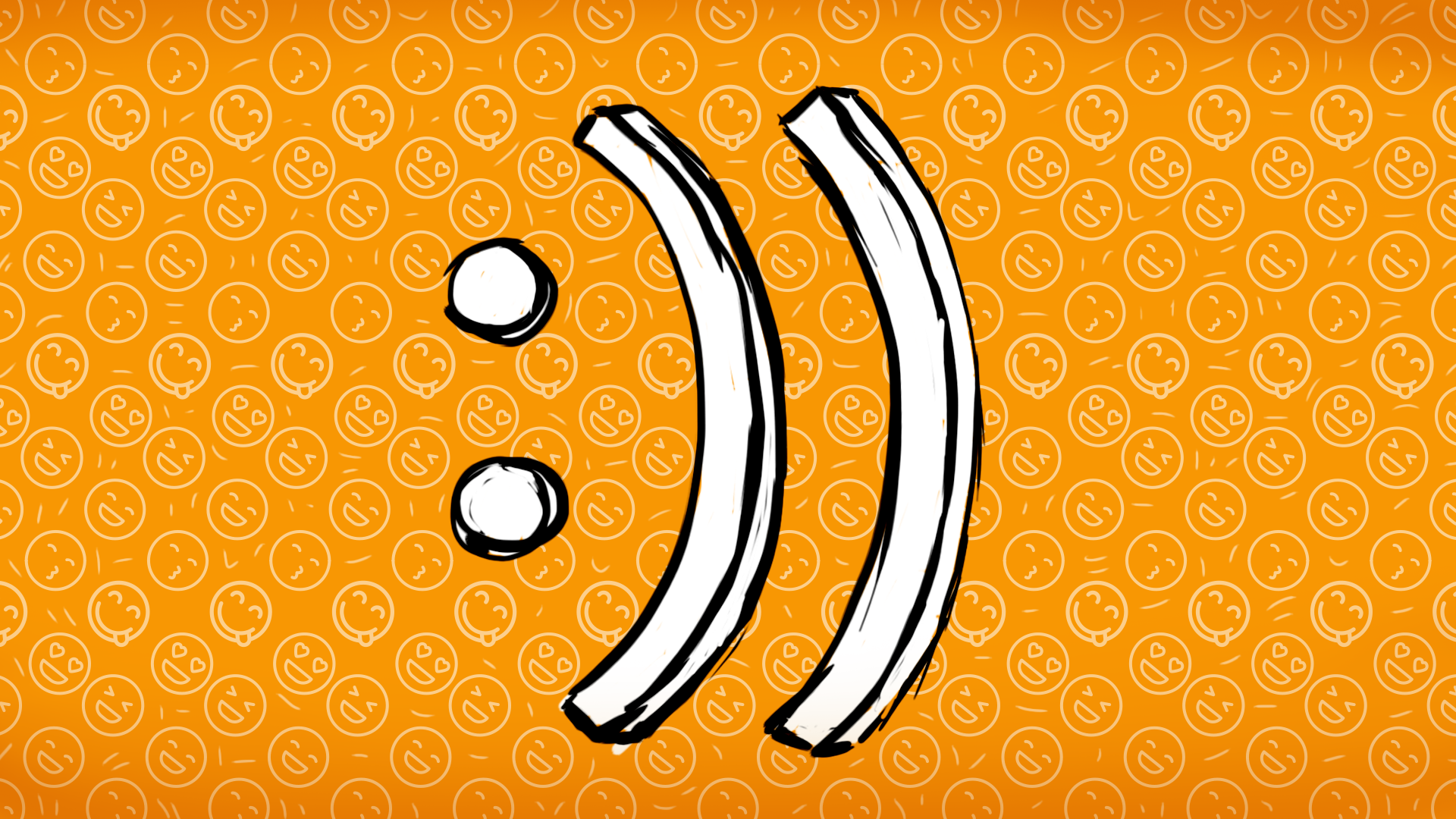
Slavic letters that you no longer need to learn

Ять (Ѣ), Алексѣй, цѣль, апрѣль
In modern Russian, this letter is preserved as part of the phraseology “to know to the yat'”, i.e. perfectly, so that it bounces off the teeth. The pronunciation of the sound denoted by this letter as part of a word was quite simple – closer to the narrow ‘E’. But, the rules of use are complex, numerous and contain plenty of exceptions. In general, when it finally disappeared in 1918, schoolchildren across Russia took a big sigh of relief.
Фита (Ѳ), ариѳметика, мараѳонъ, орѳографія
The sister to the letter ‘Ф’ to indicate the ‘f’ sound was usually written in words of Greek origin. For a brief period of time, it even replaced the regular ‘Ф’, but, in 1918, it was decided to remove it. Now, it is remembered only by the word ‘fityuk’ (‘dummy’, ‘lazy man’), which Gogol loved so much.
Ижица (Ѵ), Паѵелъ, мѵро, сѵнодъ
This letter arrived in Russian from Greek and comes from the letter ‘Y’ (upsilon). It was read as ‘i’ and, sometimes, ‘v’. Until its final abolition in 1918, it was thrown out and then returned to the alphabet. However, it was most often used not in words, but in phraseological expressions. For example, the phrase “to write an izhitsa” was well known to every pre-revolutionary schoolchild – this was the mark left by the rod on the backs of those who did not do their homework.
Десятиричное И (I), Iерусалимъ, исторія, мiръ
‘Desyatirichnoye’ (‘decimal’) gets its name from the number ‘10’, which it also denotes. The lowercase letter was written with one dot or two dots, while the uppercase letter was written without a dot on top and sounded like ‘i’. It was abolished in 1918.
Юс малый (Ѧ), землѧ, мѧгкїй, недѣлѧ;
юс большой (Ѫ), рѫка, дѫбъ, ѭтроба и их йотированные варианты
Despite the pleasant visual and sonic aesthetics (vowel sounds that were pronounced in the nose), ‘yuses’ remained in the language until the 17th century, when they were abolished and never returned. They also lost their nasal sound. The small ‘Yus’ became the letter ‘Я’, while the big one became ‘У’.
Зело (S), ѕвѣзда, ѕвѣрь, ѕлакъ
This letter was derived from the Greek sigma (‘Σ’) and was pronounced like a soft ‘dz’ and, later on, a ‘z’. For a short while, it even replaced the letter ‘З’ ('земля’; ‘earth’), but then ‘З’ returned and ‘S’ was abolished in 1735 by the Academy of Sciences.
Дервь (Ћ)
This letter was needed to indicate the soft ‘g’ sound in words borrowed from Greek. It was used so rarely and disappeared so early that it is difficult to give an example of its use now.
Омега (ѡ), краснѡ глаголати, къ кедрѡмъ, безъ двухъ рѡгъ
This letter sounded like the usual ‘o’ sound, but was often placed at the beginning and end of words, as well as in the ‘from’ preposition. The letter was abolished by Peter the Great and everyone breathed a sigh of relief.
Кси (Ѯ), Ѯенѧ (то есть Ксения);
пси (Ѱ), ѱаломъ, ѱалтірь
Both, as you might’ve guessed, have been taken from the Greek alphabet, but the Slavs used them only to convey Greek names and terms, one of which is quite popular today – ‘psychology’. Both letters were abolished by Peter the Great.
Коппа (Ҁ)
A mysterious letter that was used so infrequently and disappeared so long ago that little is known about its use. It also came from the Greek alphabet, but rather quickly became “dead” for lack of use.











